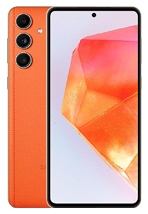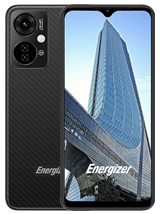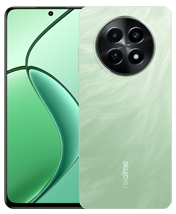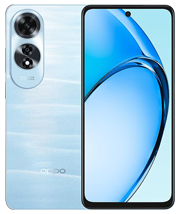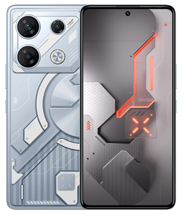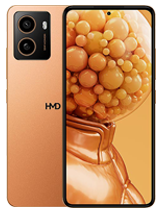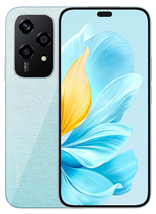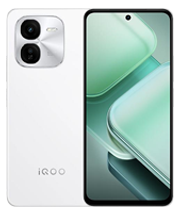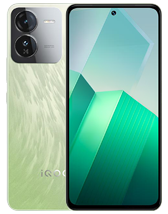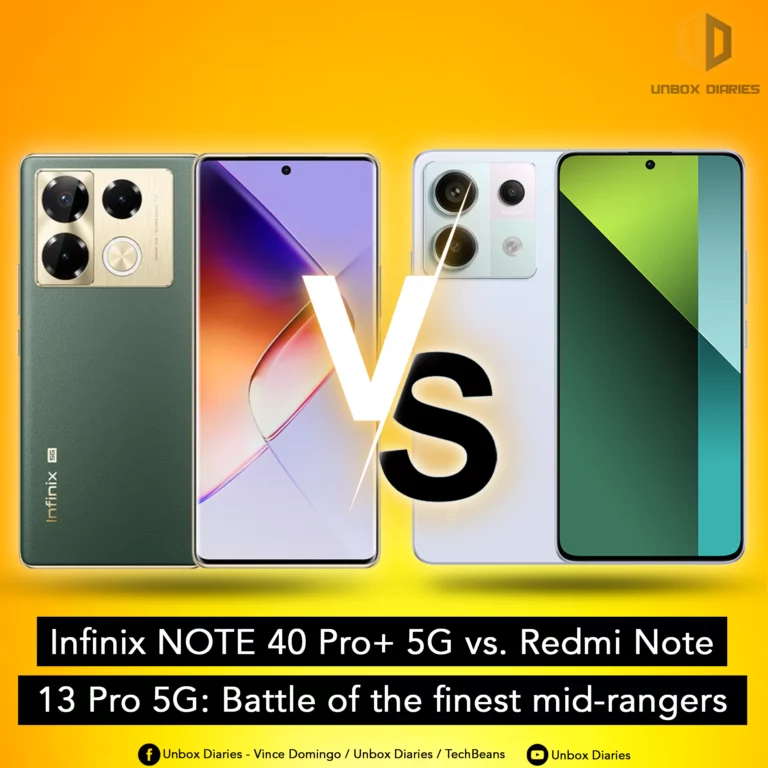POCO or Redmi? Here’s a simple guide to know which Xiaomi smartphone fits your lifestyle.
What We Liked About POCO X6 Pro 5G
What We Liked About Redmi Note 13 Pro+ 5G
- Raw Performance
- Memory Speed
- HyperOS
- Color Options
- Reliable Camera
- Turbo Charging
- eSIM Support
- Durability
POCO X6 Pro 5G
The POCO X6 Pro 5G is the highest model in the POCO X6 Series and it comes with two variants in 8+256GB and 12+512GB. It’s also 5G-ready, letting you use the fastest mobile network possible.
You can buy this phone in three colorways: Black, Yellow, and Gray. However, the yellow version features a different build, thanks to its faux leather back.

Redmi Note 13 Pro+ 5G
The Redmi Note 13 Pro+ 5G is the highest model in the Redmi Note 13 series and it also comes with two variants in 8+256GB and 12+512GB. It supports 5G as well, so 5G zones are maximized using this phone.
You can purchase this phone in three colors: Midnight Black, Moonlight White, and Aurora Purple.

Now, let’s have a quick look at the specs.
Specifications
| Specifications | POCO X6 Pro 5G | Redmi Note 13 Pro+ 5G |
| Display | 6.67 inches, 1220 x 2712, 120Hz, 446 ppi | 6.67 inches, 1220 x 2712, 120Hz, 446 ppi |
| Processor | MediaTek Dimensity 8300 Ultra | Mediatek Dimensity 7200 Ultra |
| Memory | 8/12GB + 256/512GB; no microSD card slot | 8/12GB + 256/512GB; no microSD card slot |
| Camera | 64 + 8 + 2 MP rear OIS camera; 16 MP selfie camera | 200 + 8 + 2 MP rear OIS camera; 16 MP selfie camera |
| Battery | 5000mAh + 67W charging | 5000mAh + 120W charging |
Design
Both POCO X6 Pro 5G and Redmi Note 13 Pro+ 5G have an amazing design with a few differences here and there.
The POCO X6 Pro 5G featured a more sophisticated look having that familiar rectangular body and flat screen. Curves are only prominent at the back of the phone and the corners.
The black and gray variants will make you look like a classy executive and give a professional vibe, while the yellow variant has a bright and youthful aura.
The Redmi Note 13 Pro+ 5G, on the other hand, features a fashionable visual contributed by a compact camera island and curved display panel. Its overall sides are also curved, adding a sexiness to any color variant.
Although the black variant suggests a professional vibe, the curvedness matches easily to any chosen fashion style. The purple variant has more depth and substance among its colorways, though.
If visuals mean a lot to you, Redmi Note 13 Pro+ 5G might be better. But the yellow POCO X6 Pro 5G could be the one because it doesn’t attract prints and smudges. So, flat or curved? Your choice.
Performance
POCO X6 Pro 5G is powered by MediaTek Dimensity 8300 Ultra while the Redmi Note 13 Pro+ 5G is powered by Dimensity 7200 Ultra. These chipsets are powerful but the POCO phone has more raw processing power than the Redmi phone.
The MediaTek Dimensity 8300 Ultra is a flagship-like SoC with an AnTuTu score of over 1.5 million. On the POCO X6 Pro 5G, the chip can dish out an AnTuTu score of more than 1.3 million.
The MediaTek Dimensity 7200 Ultra is a mid-range SoC with an AnTuTu score of over 720,000. On the Redmi Note 13 Pro+ 5G, the chip can score more than 730,000.
If the main purpose of your phone is gaming, the POCO X6 Pro 5G is recommended since its raw performance is likely to result in stable gameplay for long periods.
But if you want a balanced approach between performance and other features, the Redmi Note 13 Pro+ 5G is the better choice.
Camera
The triple-rear camera system in the POCO X6 Pro 5G consists of a 64MP main sensor, 8MP ultrawide lens, and 2MP macro lens. The main sensor can also record up to 4K at 30FPS and use optical image stabilization at a lower resolution. Selfies are handled by a 16MP sensor.
The Redmi Note 13 Pro+ 5G also has a triple-rear camera system spearheaded by a 200MP main sensor, paired with an 8MP ultrawide lens and 2MP macro. The phone can record up to 4K at 30FPS and use OIS at a lower resolution as well.
So, which of these two capture images better? Both of their primary sensors can capture a good amount of detail, especially in well-lit conditions. You can spot the sharpness, clarity, and color accuracy.
However, the Redmi Note 13 Pro+ 5G is a bit better in photography than the POCO X6 Pro 5G, because the latter relies heavily on lighting. Plus, the latter is not as impressive in video stabilization as the former.
Battery
Both smartphones have the same battery capacity at 5000mAh. While they can last the whole day, battery levels can drop faster if you use them heavily, especially gaming.
Charging them back is quick, thanks to the speedy charging rate of 67W for POCO X6 Pro 5G and 120W for Redmi Note 13 Pro+ 5G. But in this aspect, the two have a tricky tradeoff.
The Redmi Note 13 Pro+ 5G charges up way faster than the other phone, though its battery drains quicker. The POCO X6 Pro 5G, meanwhile, cannot compete in charging speeds but its battery drains a bit slower.
One possible reason behind that is the MediaTek Dimensity 8300 Ultra being more energy efficient than Dimensity 7200 Ultra.
Keep in mind that camera and gaming are battery eaters, no matter what kind of phone you use.
Durability
The POCO X6 Pro 5G and Redmi Note 13 Pro+ 5G have IP ratings. However, the Redmi Note 13 Pro+ 5G seems tankier with IP68 for dust, splash, and water resistance, than IP54 on the POCO X6 Pro 5G, which is limited to dust and splash resistance.
Moreover, the Redmi Note 13 Pro+ 5G has a better display protection with Corning Gorilla Glass Victus, compared to Gorilla Glass 5 on the POCO X6 Pro 5G. Gorilla Glass Victus has improved drop performance of up to 2 meters while Gorilla Glass 5 only has such at up to 1.2 meters.
Extras
Here are the extras that you should consider too:
| Extra Features | POCO X6 Pro 5G | Redmi Note 13 Pro+ 5G |
| OS | HyperOS | MIUI 14 |
| Touch Sampling Rate | 2160Hz | 2160Hz |
| Eye Protection | 1920Hz PWM dimming | TÜV Rheinland Low Blue Light (Hardware Solution) Certified |
| Cycle Mode | TÜV Rheinland Circadian Friendly Certified | |
| TÜV Rheinland Flicker Free Certified | ||
| 1920Hz PWM dimming | ||
| Storage | LPDDR5X + UFS 4.0 | LPDDR5 + UFS 3.1 |
| Cooling System | LiquidCool Tech 2.0 | |
| Audio Engine | Dolby Atmos; Hi-Res + Hi-Res wireless | Dolby Atmos |
| SIM Support | Dual Nano-SIM 5G+5G standby | Dual Nano-SIM or Nano-SIM + eSIM |
Verdict
Let’s not forget about the price. The POCO X6 Pro 5G has an SRP of ₱16,999 for the 8+256GB variant, whereas the Redmi Note 13 Pro+ 5G has an SRP of ₱20,999 for 8+256GB.
While the price alone suggests that the POCO phone is the better choice, the Redmi handset has decent offers too.
If you’re a gamer demanding raw performance, the POCO X6 Pro 5G is the best bet with its dual 5G standby, flagship-like processor, built-in passive cooling system, Hi-Res audio support, and faster memory. Not only is this phone blazing fast, but it also has a good-looking leather back.
If you like having a nice balance of everything, the Redmi Note 13 Pro+ 5G is the preferred choice. It has good optics, durability, design, and display features. Plus, it supports eSIM, giving you access to many advantages, including the ability to add an international plan and use that the moment you arrive in another country.

